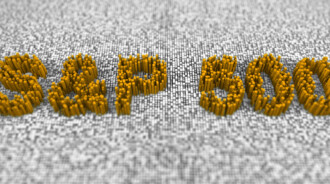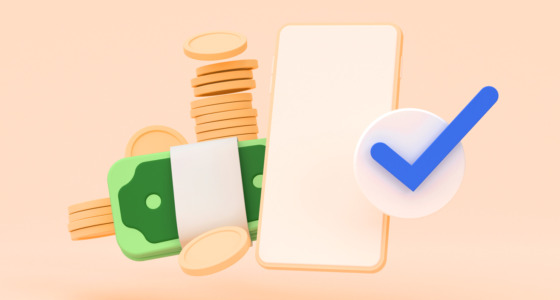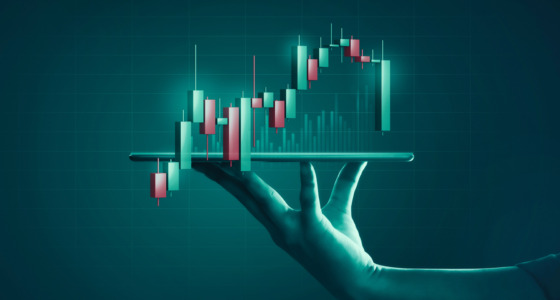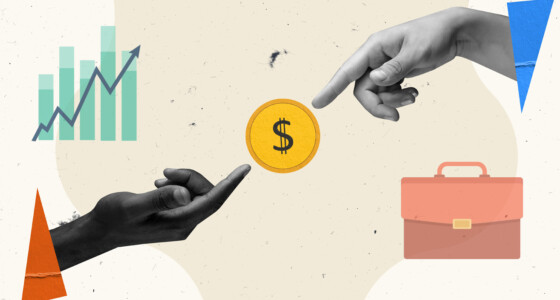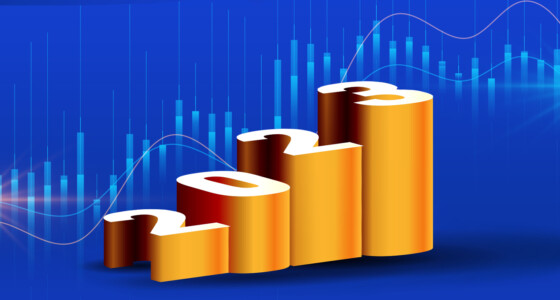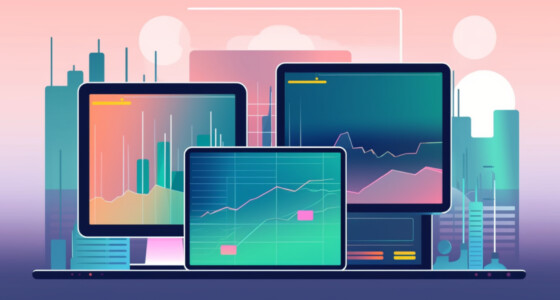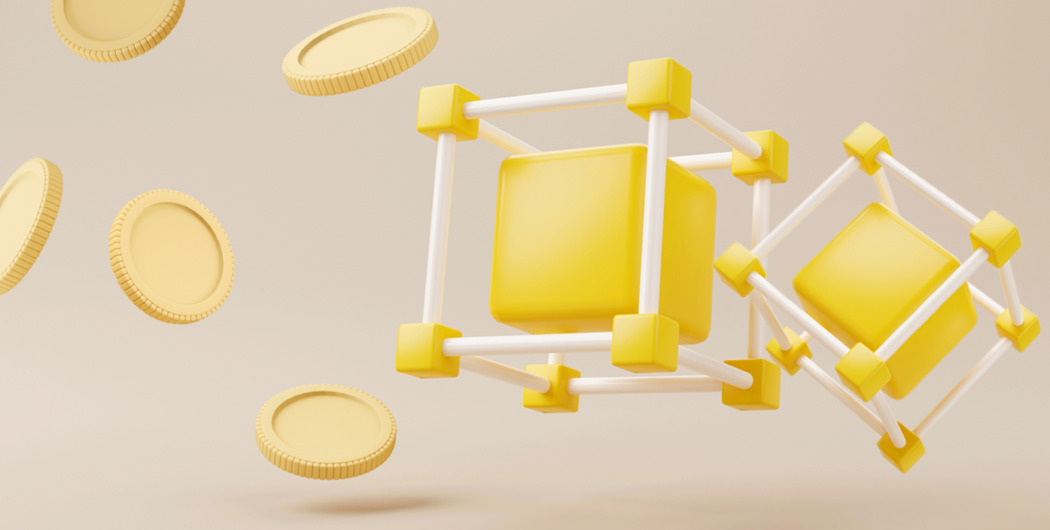

If you are going to invest, you should understand the definition of assets and their types. One of the classifications divides them into two groups – tangible and intangible assets – and that’s what we will discuss right now. First, let’s discuss each of the types and then highlight a few critical differences.
About tangible assets
What is a tangible asset? Generally, these are physically measurable assets of a company that are actively used in business activities. They, in turn, are divided into:
- working capital (cash, inventories, securities traded on the market);
- fixed capital (non-current assets that are used in business activities for at least a year — for example, a car park, office furniture, office buildings).
These tangible assets examples provide a clear sense of the term for a beginner: these are assets that can be physically seen or touched. They are closely intertwined with intangibles, though – did you know that since 2010 the CME has offered rainfall futures based on the CME Rainfall Index to hedge against potential weather-related losses in the tourist, agricultural and energy production spheres?
About intangible assets
Now let’s move on to intangible assets examples and its definition. Typically, these are long-term resources that do not have a “physical shell”, but are also owned by the company and may have some commercial value. This group can include:
- trademark and copyright of the company;
- logos, corporate fonts and brand themes;
- proprietary software;
- any product patents.
In addition, this category also often includes the firm’s goodwill, domain names on the Internet, databases, works of science and art, breeding achievements, topologies of integrated circuits, and other assets depending on the industry. However, in comparison, the professional qualities of employees or financial investments are not included in this category.
So how does one understand what can be defined as an intangible asset? Since all these things are quite abstract, in order to fall into the category of “intangible”, it is necessary that the object be fully identified, that it could bring economic benefits for a period of at least 12 months. Also, the organization should have full control over such an object, and its initial cost could be easily determined.
Accounting issues
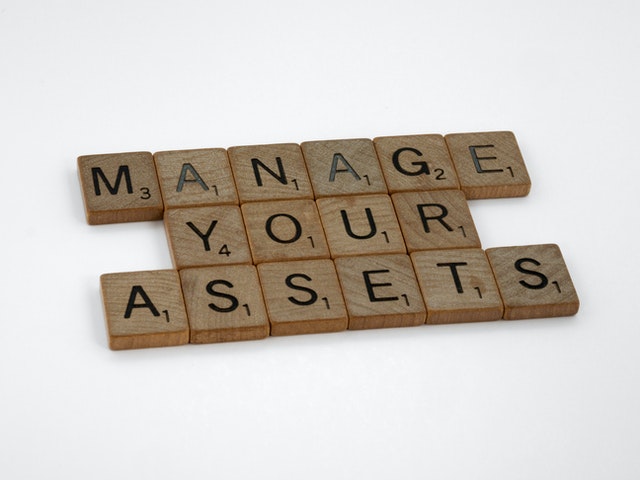
It is important to remember that tangible assets are easy to evaluate because they have a specific life cycle and end value. They are always reflected in the balance sheet, but when they wear out and fail, they can be transferred to profit and loss statements.
However, intangible assets are a little more difficult to value, even if they have an initial purchase price (such as patents or licenses). In general, they appear on the balance sheet as long-term assets, and their value is spread out over the years in which the asset is valuable to the company.
As experts say, when defining tangible or intangible assets, it is worth remembering that the first group can be easily converted into cash if the business requires it. But the second group is much more difficult to sell and extract real funds.

The key differences
After we have discussed intangible and tangible assets meaning, let’s summarize and compare the two concepts:
| Tangible | Intangible | |
| Basics | Assets that exist in the physical sense, they can be seen/touched. | Assets that do not physically exist but have commercial value. |
| Values | They have a material value being materially existing. | They also have some material value; economic efficiency is incorporeal. |
| Value reduction | They can depreciate. | They can be amortized. |
| Form | Physical presence. | Abstract presence. |
| Scrap value | Can be sold in scrap. | Do not have any scrap value. |
| Liquidation | Can be liquidated easily. | Do not allow liquidation. |
| External usage | Can be accepted as collateral. | Cannot be accepted as collateral. |
Tangible assets vs. intangible assets example
A great example of tangible vs. intangible assets can be seen by looking at the Exxon Mobil Corporation balance sheet from December 31, 2021. It was reported on the yearly 10-K filing of the company.
All the tangible assets of the firm are recorded as plant, equipment, and property. As of December 31, 2021, they all amounted to $217 billion. Compared to 2020, when its fixed assets totaled $227 billion, the company decreased the fixed assets for 2021.
Meanwhile, in 2021, intangible and other assets totaled $18 billion. Compared to December 31, 2020, which had $16.8 billion in intangible and other assets, this is an increase.
How value is determined
To determine the value of tangible assets, you have to know which assets you own. Then, you must review the financial reports, which can be done with the help of an auditor or your internal audit team. These assets are usually recorded on the balance sheet, then they go to the income statement as they get used.
Tangible assets can then be valued using the comparison method, taking a look at the location, size, and condition of the property valued. Then, these can be compared to the same features of similar properties.
The residual method and costing method also help value tangible assets.
The good news is that it is very easy to value tangible assets due to having a life span and finite value. Fixed assets are recorded on the firm’s balance sheet, with their useful life reduction being expensed on the firm’s income statement in what is known as depreciation. Meanwhile, inventory gets included in a company’s goods sold cost when used.
On the other hand, intangible assets can be valued by subtracting the book value of the company from the market value. The difference represents the value of the intangible assets.
What are the main types of intangible assets?
The different types of intangible assets are:
· Brand equity
· Goodwill
· Intellectual property (like licensing, research and development (R&D), and patents).
Goodwill asset is associated the moment a firm manages to acquire another firm. It represents the part of the buying price that exceeds the asset and liability fair market value of the business that was purchased.
Goodwill can capture the company’s brand name, stakeholder relationships, customer base, and employee relations value.
Are fixed assets considered intangible or tangible assets?
Because fixed assets have a physical presence, they are considered tangible assets all the time. There are different items that can be part of the fixed assets group, including equipment, plant, and property.
When a company owns fixed assets, it has long-term assets that it can sell for cash. During their useful life, these assets are also depreciated.
Final thoughts
Let’s summarize and highlight the most important things. Tangible assets are things that can be seen and touched, have a physical form and can be easily converted into cash. Well-defined examples are buildings, machines, office equipment that belong to the company.
On the other hand, intangible assets are something that does not have a physical form – they also have value, but they are harder to convert into cash. For example, copyright, proprietary software or patents.And if you want to delve deeper into the topic of accounting, then be sure to read about other types of assets, including the fictitious assets examples and other terms.

